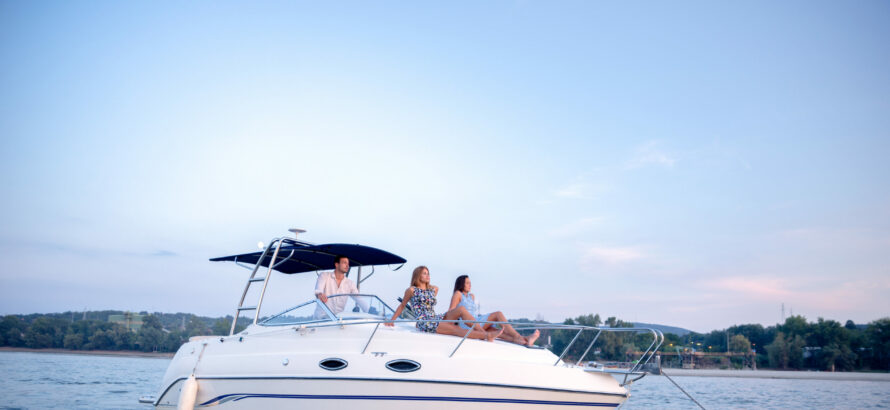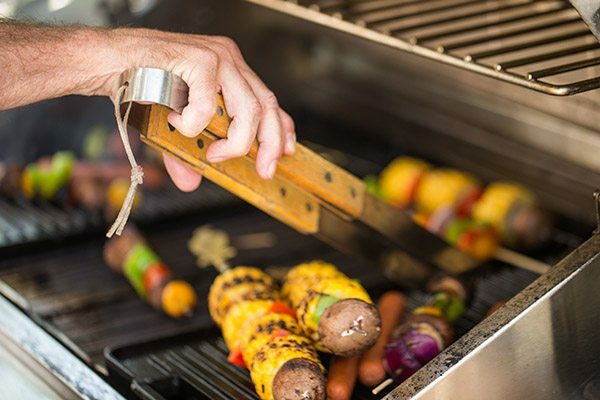This site uses cookies and related technologies, as described in our
Online Privacy Policy, for purposes that may include site operation, analytics, enhanced user experience, capturing your activity on this site (including where you click, and items you view for marketing and analytics purposes), or advertising. You may choose to consent to our use of these technologies by using the ‘Accept’ button, or manage your own preferences through the ‘Manage settings’ button. You may choose to decline to consent to our use of these technologies by using the ‘Decline’ button; however, selecting this option still enables Required Cookies because they are necessary for the site to function, and you consent to our use of Required Cookies by continuing to use this site.






